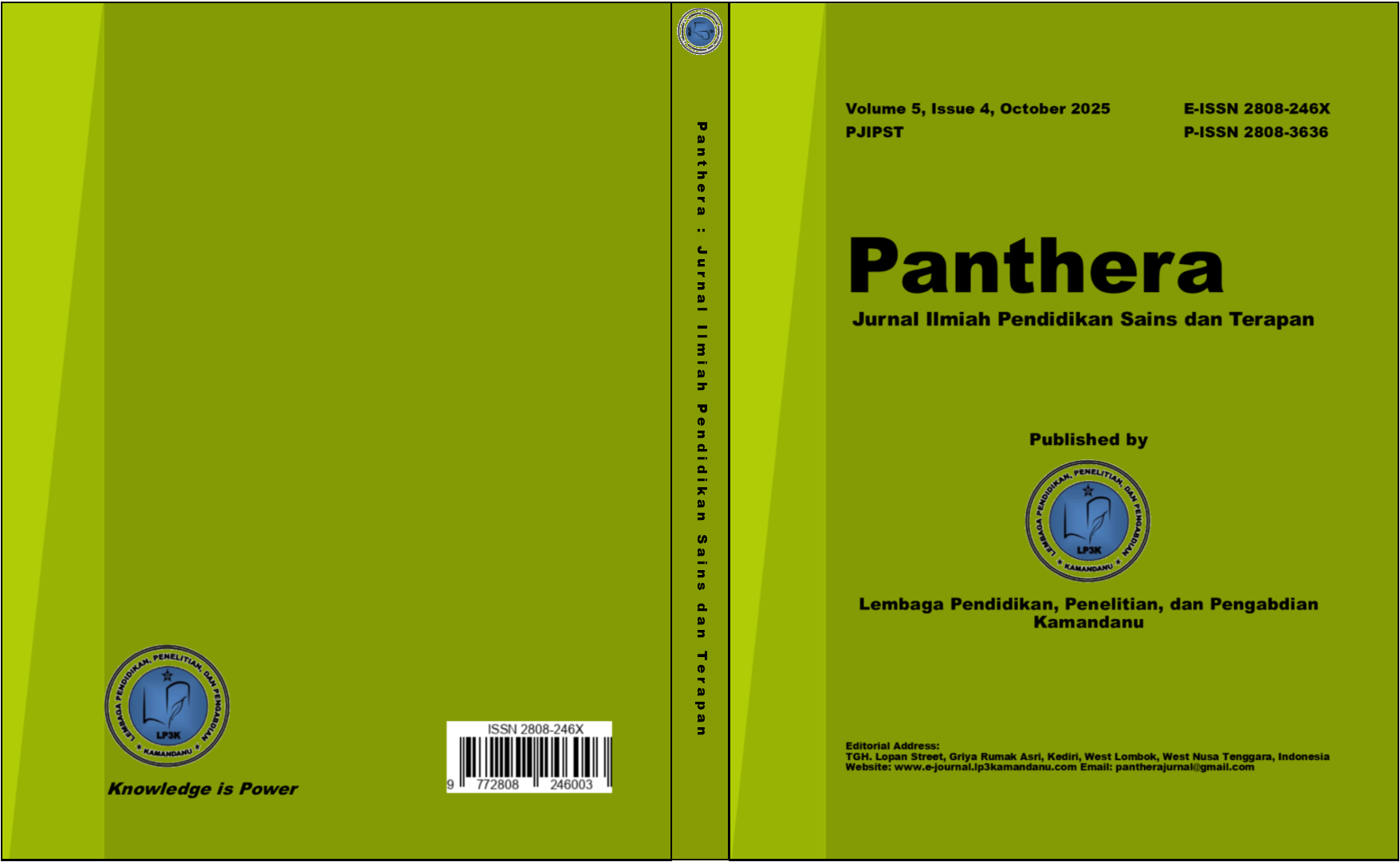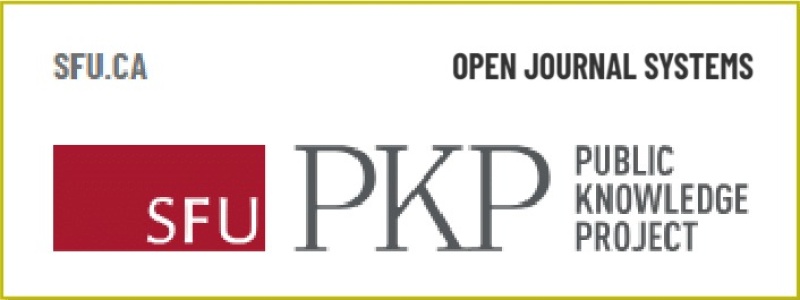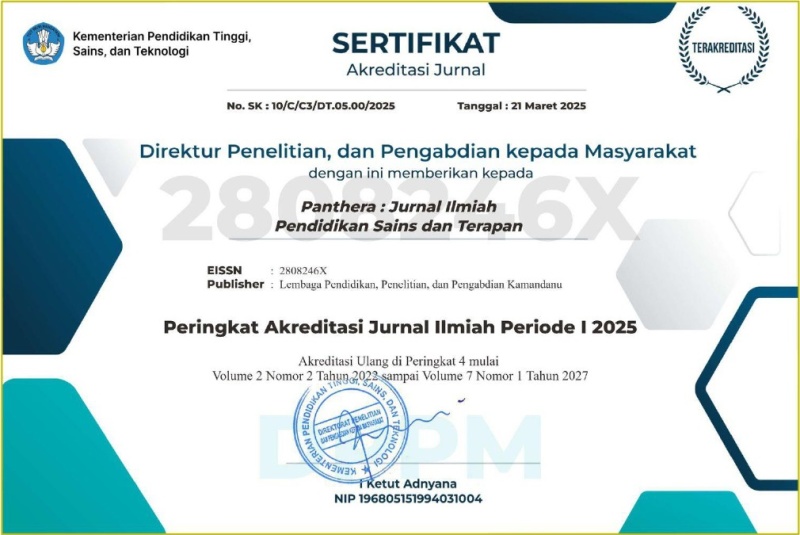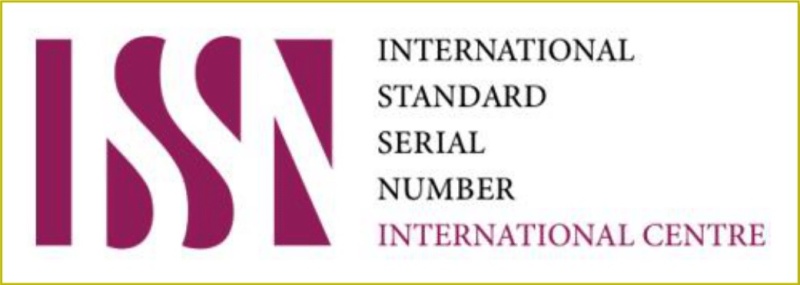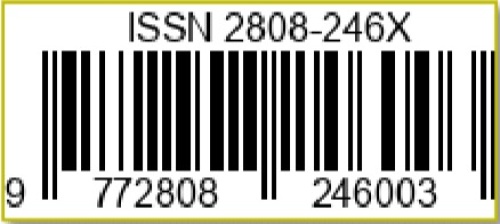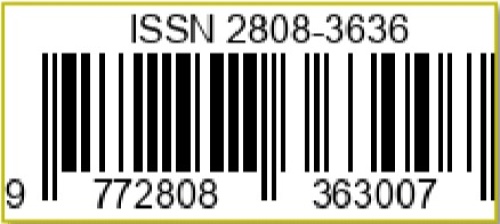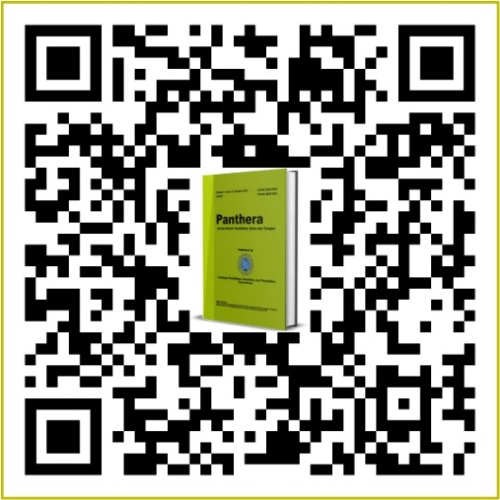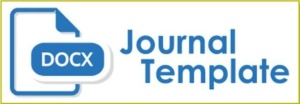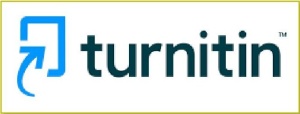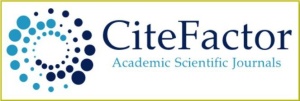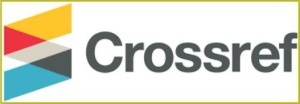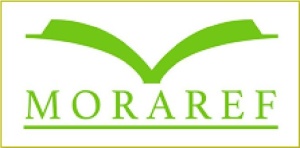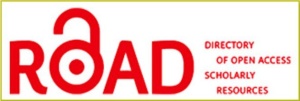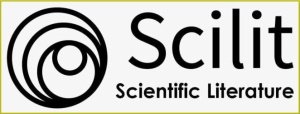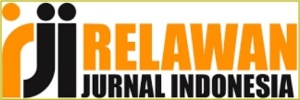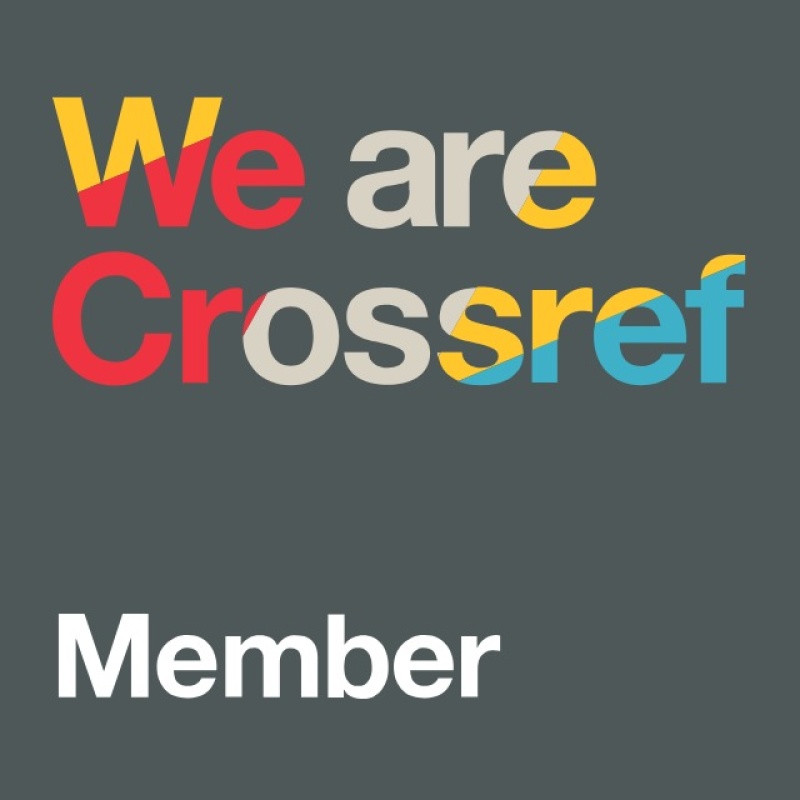Pengembangan Aplikasi Web dengan YOLOv10 dan Optical Character Recognition untuk Analisis Tabel Informasi Nilai Gizi
DOI:
https://doi.org/10.36312/panthera.v5i4.646Keywords:
EasyOCR, Nutrition Facts, OCR, User Testing, YOLOv10, YOLOv10-M, YOLOv10-SAbstract
This study aims to develop a web-based application that integrates You Only Look Once version 10 (YOLOv10) and Optical Character Recognition (OCR) to analyze and visualize nutritional value information tables on packaged products. The system extracts text using OCR and presents a visualization of nutritional content in easy-to-understand terms, including comparisons to recommended daily intake as well as foods with equivalent nutritional content. The YOLOv10-M model for nutrient table detection achieved high accuracy with a mean Average Precision value at the 50% threshold (mAP50) of 0.995, while the YOLOv10-S model for nutrient value detection showed moderate performance with a mAP50 of 0.731. EasyOCR is used in the text extraction process with the best results in bright background conditions (90.09%) and lowest in uneven surfaces (26.48%). The results of the system test showed a level of functionality of 100%, with an average System Usability Scale (SUS) score of 73.3 and a Net Promoter Score (NPS) of 31.82%, both of which are included in the "good" category. These findings show that the developed system can help consumers understand product nutrition information more easily, as well as potentially increase public awareness of healthy consumption patterns.
Downloads
References
Ali, U., Ismail, M. A., Habeeb, R. A. A., & Shah, S. R. A. (2024). Performance Evaluation of YOLO Models in Plant Disease Detection. Journal of Informatics and Web Engineering, 3(2), 199-211. https://doi.org/10.33093/jiwe.2024.3.2.15
Badan Perlindungan Konsumen Nasional. (2013). Hasil Kajian Badan Perlindungan Konsumen Nasional (BPKN) di Bidang Pangan terkait Perlindungan Konsumen. Jakarta: Badan Perlindungan Konsumen Nasional (BPKN).
Delimayanti, M. K., Lestari, U. P., & Prastiwinarti, W. (2022). Development of Integrated Web Application for Fishery Trading in Indonesia. In Proceedings of the 6th International Conference on Information Technology, Information Systems and Electrical Engineering (pp. 493-497). Yogyakarta, Indonesia: Institute of Electrical and Electronics Engineers.
Fitri, N., Metty, M., & Yuliati, E. (2020). Pengetahuan dan Kebiasaan Membaca Label Informasi Nilai Gizi Makanan Kemasan Tidak Berhubungan dengan Status Gizi pada Mahasiswa Asrama Kutai Kartanegara di Yogyakarta. Jurnal Gizido, 12(1), 45-54. https://doi.org/10.47718/gizi.v12i1.1120
Hyzy, M., Slootmaker, S. M., Cabrita, M., Postel, M. G., Hutten, M. M. R. V., & Hermens, H. J. (2022). System Usability Scale Benchmarking for Digital Health Apps: Meta-Analysis. JMIR mHealth and uHealth, 10(8), 1-11. https://doi.org/10.2196/37290
Lee, S. (2018). Net Promoter Score: Using NPS to Measure IT Customer Support Satisfaction. In Proceedings of the 2018 ACM SIGUCCS Annual Conference (pp. 63-64). Orlando, USA: Association for Computing Machinery.
Maryanti, D., Pangesti, A. R., & Suprihatiningsih, T. (2023). Black Box Testing for HIV AIDS Digital Counseling Website (D-Cohiva Apps) with State Transition Technique. Jurnal Penelitian Pendidikan IPA, 9(Special Issue), 822-827. https://doi.org/10.29303/jppipa.v9iSpecialIssue.6087
Peraturan Badan Pengawas Obat dan Makanan Nomor 26 Tahun 2021 tentang Informasi Nilai Gizi pada Label Pangan Olahan. 2021. Jakarta: Badan Pengawas Obat dan Makanan (BPOM) Republik Indonesia.
Peraturan Menteri Kesehatan Republik Indonesia Nomor 28 Tahun 2019 tentang Angka Kecukupan Gizi yang Dianjurkan untuk Masyarakat Indonesia. 2019. Jakarta: Kementerian Kesehatan Republik Indonesia.
Peraturan Menteri Kesehatan Republik Indonesia Nomor 30 Tahun 2013 tentang Pencantuman Informasi Kandungan Gula, Garam, dan Lemak serta Pesan Kesehatan. 2013. Jakarta: Kementerian Kesehatan Republik Indonesia.
Prastiwinarti, W., Delimayanti, M. K., Pratama, Y. P., Rakhmawati, E. D., Wendho, H., & Adi, R. (2023). Perancangan Pemanfaatan Machine Learning untuk Deteksi Cacat Kemasan Produk. In Seminar Nasional Inovasi Vokasi (pp. 97-102). Depok, Indonesia: Politeknik Negeri Jakarta.
Pratama, R. A. N., & Paradissa, L. V. (2023). Peran Dinas Kesehatan dalam Pembatasan Gula, Garam, Lemak, pada Pangan Siap Saji. Jurnal Hukum Kesehatan Indonesia, 3(2), 91-102. https://doi.org/10.53337/jhki.v3i02.100
Shah, Y., Jariwala, N., Kachhia, B., & Shah, P. (2023). Delving Deep into NutriScan: Automated Nutrition Table Extraction and Ingredient Recognition. International Journal for Research in Applied Science and Engineering Technology, 11(11), 1596-1601. https://doi.org/10.22214/ijraset.2023.56852
Sheela, A., Sankar, S., Mozhi, S. A., & Vignesh, C. K. (2024). NutriGaze: AI-Driven Dietary Planning with OCR and NLP. In International Conference on Power, Energy, Control and Transmission Systems (ICPECTS) (pp. 1-6). Chennai, India: Institute of Electrical and Electronics Engineers.
Downloads
Published
How to Cite
Issue
Section
License
Copyright (c) 2025 Muhammad Ihsan & Mera Kartika Delimayanti

This work is licensed under a Creative Commons Attribution-ShareAlike 4.0 International License.
-
Attribution — You must give appropriate credit, provide a link to the license, and indicate if changes were made. You may do so in any reasonable manner, but not in any way that suggests the licensor endorses you or your use.
-
ShareAlike — If you remix, transform, or build upon the material, you must distribute your contributions under the same license as the original.

